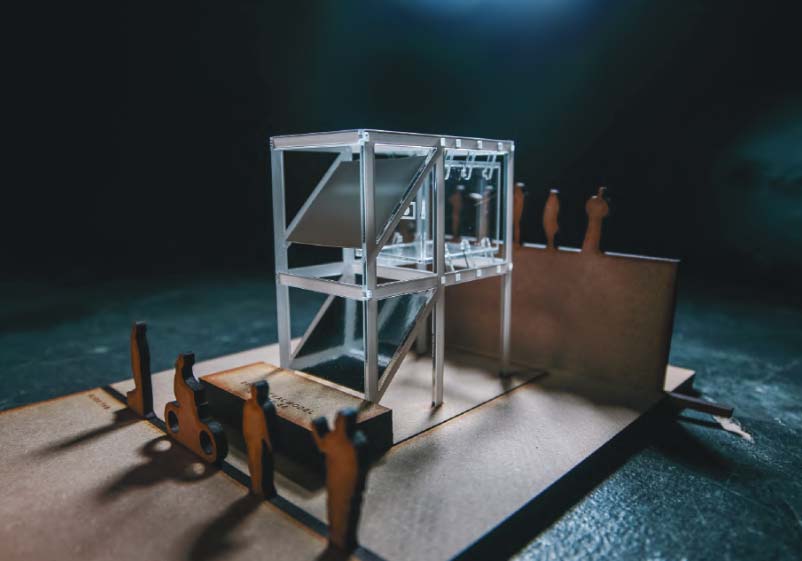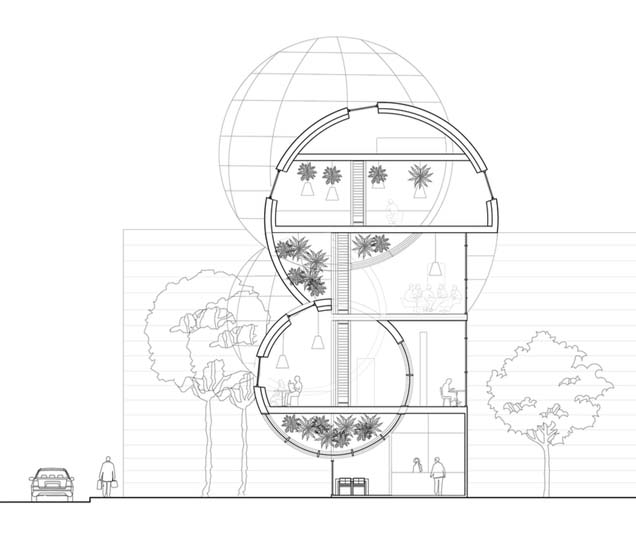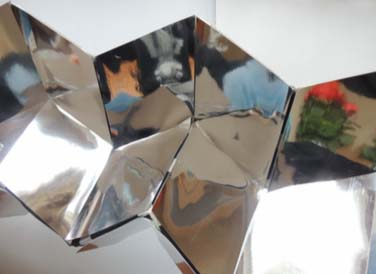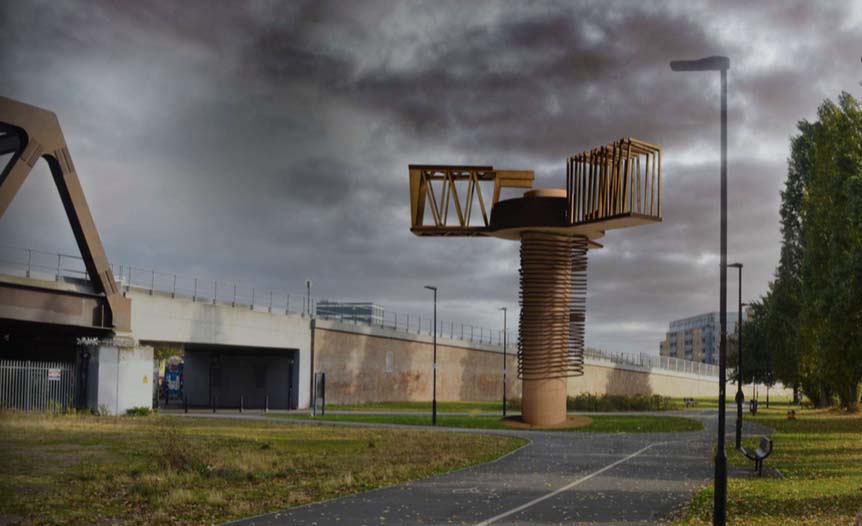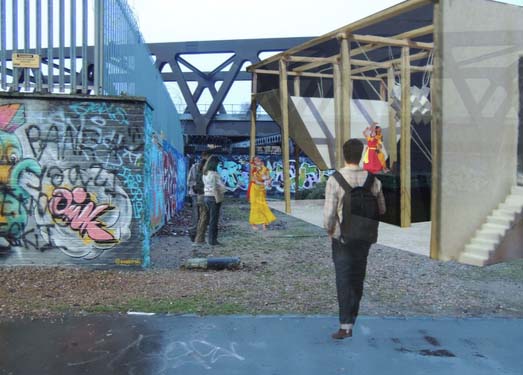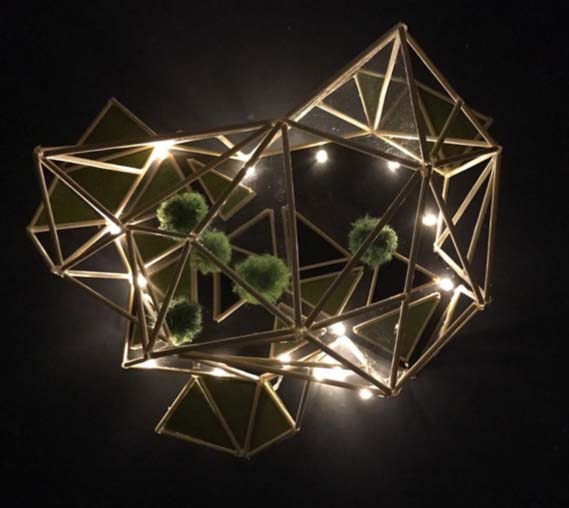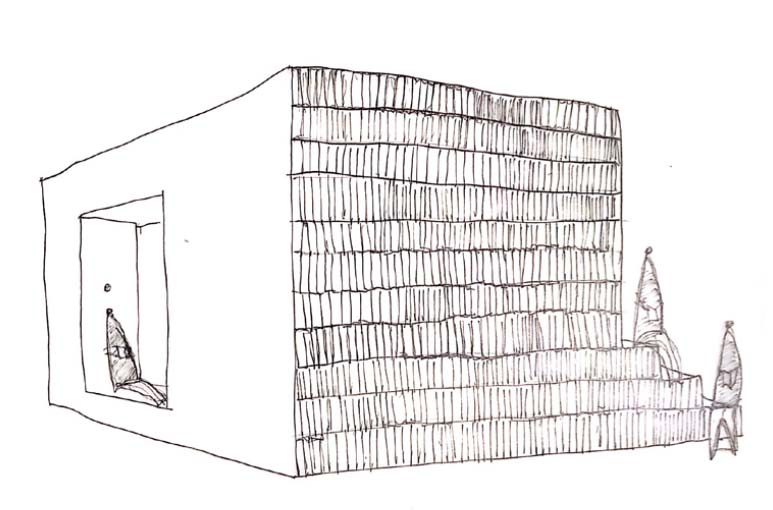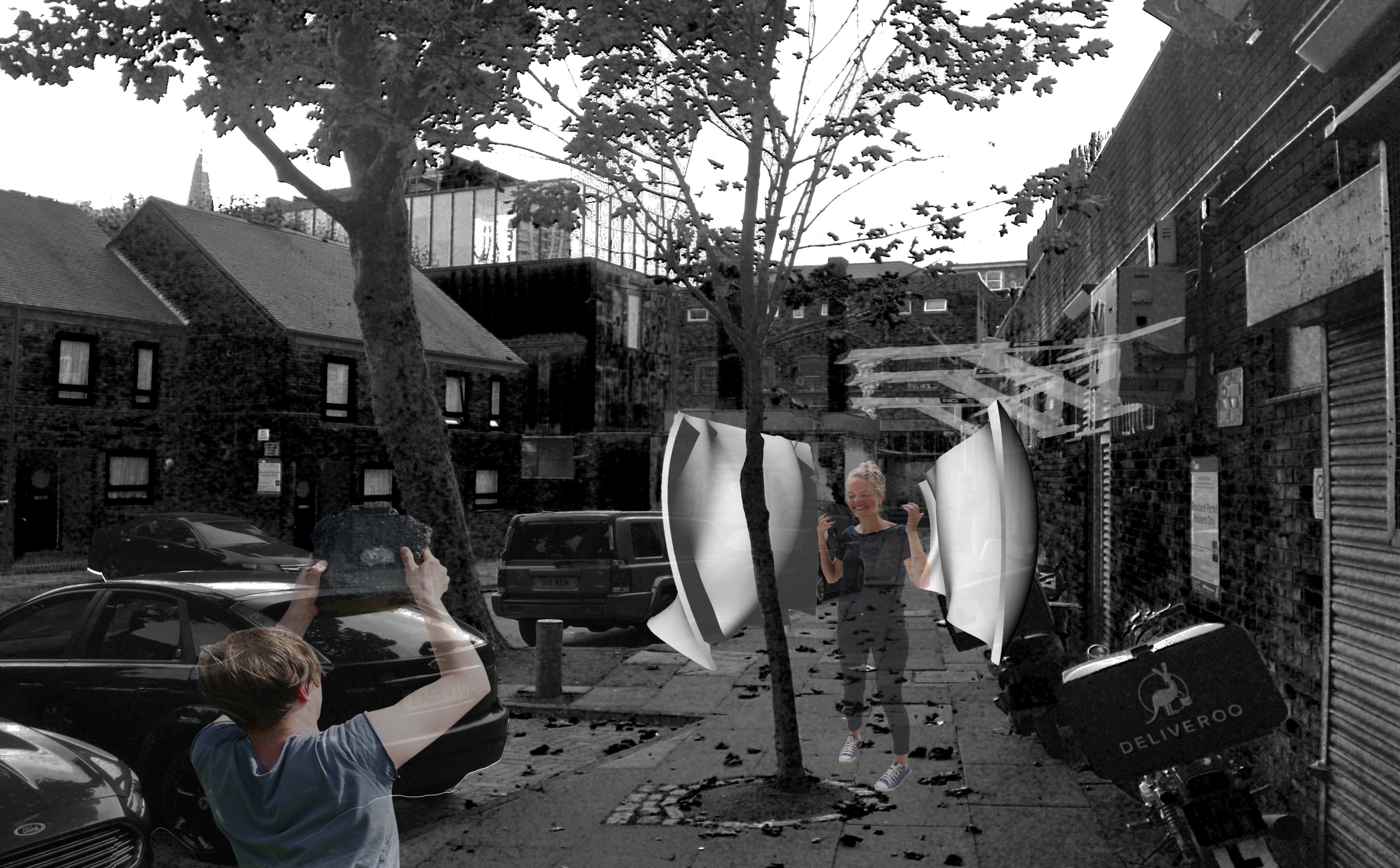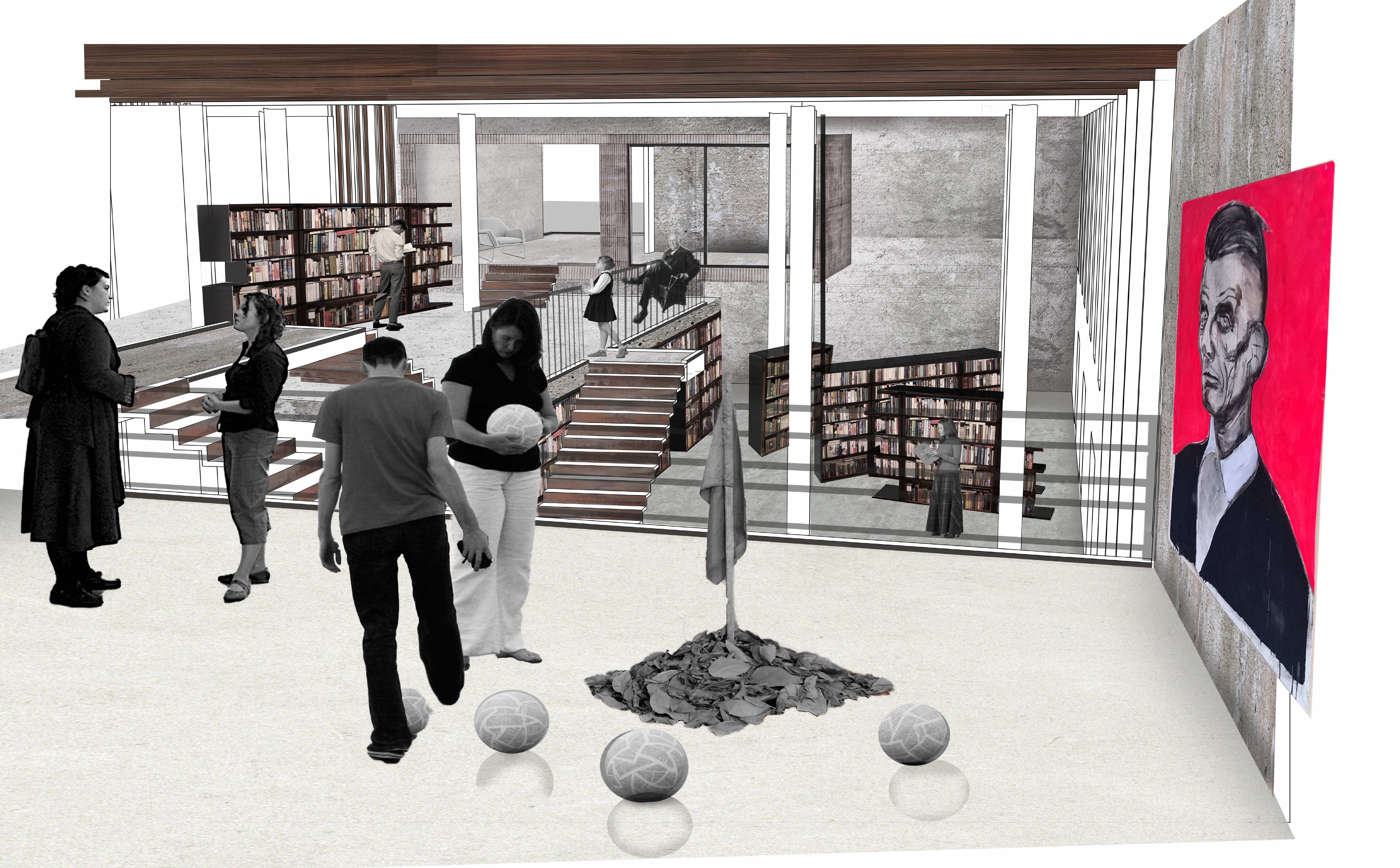Design Studio (Two) Three ARCHIVE
YEAR TWO – DS2.3
Tutors: Shahed Saleem & Michael Rose
Shahed Saleem is a practising architect and researches and writes on architecture’s relationship with cultural identity, heritage and nationhood. He works regularly with Historic England and is a Senior Research Fellow with the Survey of London.
Michael Rose has been teaching architecture for over forty years. He explores how architecture can enhance human experience and well-being, from the physical to the emotional, intellectual, and spiritual. He aims to instil in students a clear understanding of the design and making process.
Intercultural Encounters in Architecture
This year we asked what kind of architecture is required for an intercultural city. Our projects were located in Spitalfields and Whitechapel, and ranged from small-scale temporary installations to a civic institution, in the form of a library and public space.
Interculturalism describes a type of social encounter that reappraises the multi-cultural model of managing diverse societies which was pioneered in the 1980s. The drawback of multiculturalism was that it created a ‘false sense of harmony’ by encouraging culturally and spatially distinct communities thus leading to alienation and disconnection with wider society and with other cultural groups. Apart from this being problematic in terms of social cohesion, it was also out of touch with the experience of more recent migrant and post-migrant communities who were forging new and often hybrid identities.
Through our design projects we asked what an intercultural space is and what kind of cultural encounter does it encourage; what sort of contact and relationships can architecture instigate between diverse people and what does meaningful contact mean?
Our major project explored this question through an intercultural reappraisal of the established typologies of the library and public space. These are complex social programmes and we endeavoured to make sensitive and insightful observations about them. How does public space create and manage relationships in a diverse society? How does the library, and the forms of knowledge that it contains, enable a range of people to access and relate to it, and what is the role of public space in this process? What is meaningful contact between culturally distinct people, and how can this happen through our proposals?
Through our projects we found that intercultural encounters constitute new ways in which the city is being inhabited and urban space is being negotiated. Architecture can respond to, and accommodate, this new reality through a process of close observations followed by considered propositions.










